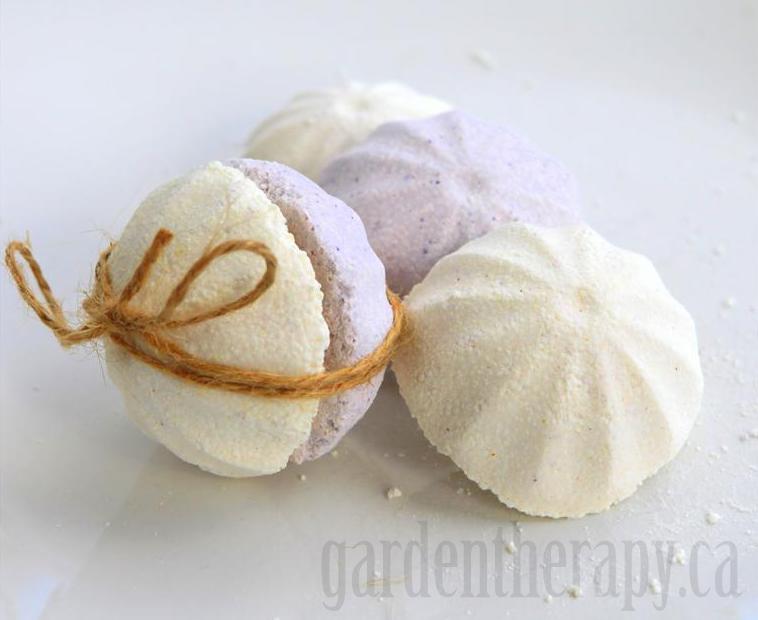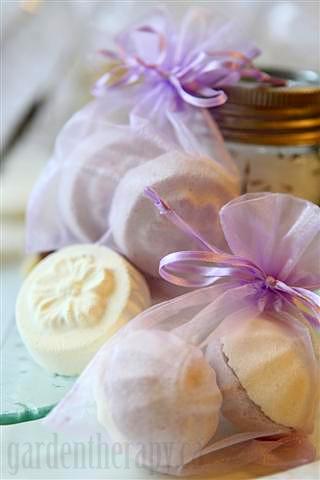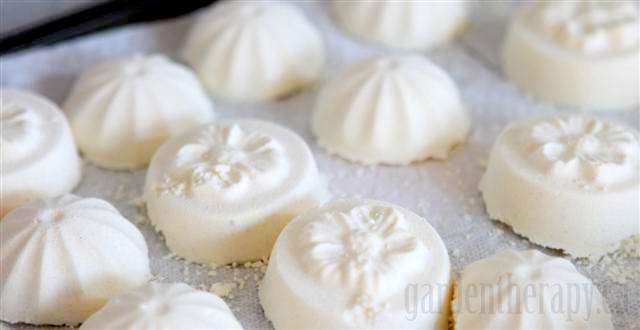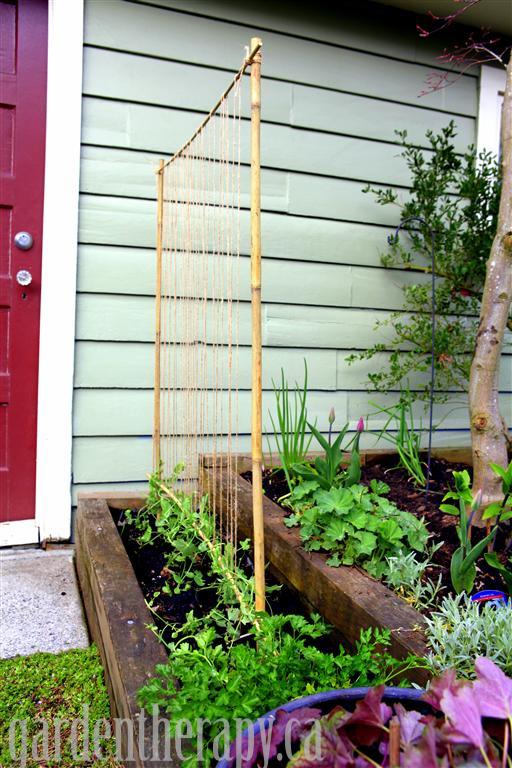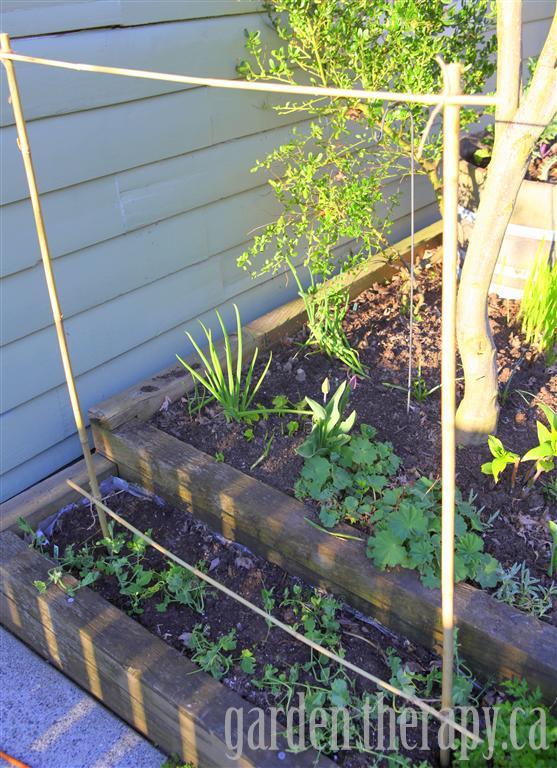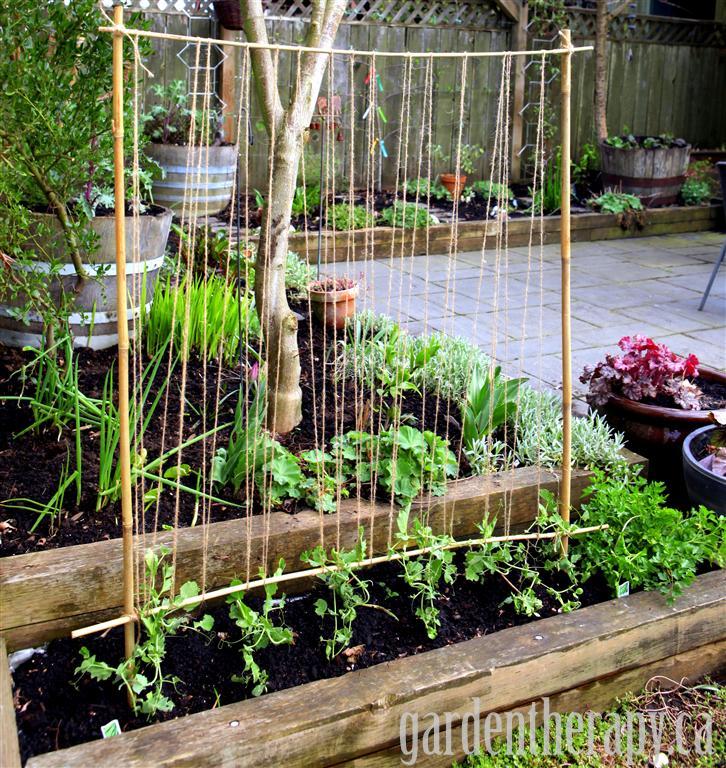If you are looking for a touch of spring in your home decor, I think the quickest way is to DIY a wreath. I love making them because it’s a craft with relatively instant gratification, and you’ll find that is true of all these sweet spring wreaths. I’ve found 12 spring wreaths to make in a variety of styles, including fun and bright like this one from Dollar Store Mom. Seeking more spring wreath inspiration? Click through the jump to get some tutorials!
Love those awesome fizzing bath bombs but don’t want to spend $6 a piece? It’s easy to make your own with natural ingredients that soften your skin.
As this recipe is part of the Natural Skincare Series the ingredients are natural and safe. While there are many other recipes that recommend using synthetic fragrance and coloring, there are many options available that are 100% natural and will not harm you when absorbed into your skin.
You can feel confident that when you use these natural products, or give them as gifts, that they are healthy for the body.
Ingredients / Materials:
- 2 cups baking soda
- 1 cup citric acid
- 100% pure witch hazel
- spray bottle
- 10-20 drops of 100% pure essential oils (do not use fragrance for any bath or body products)
- natural colorant (green=spirulina, yellow=turmeric, purple=ratanjot)
- plastic moulds
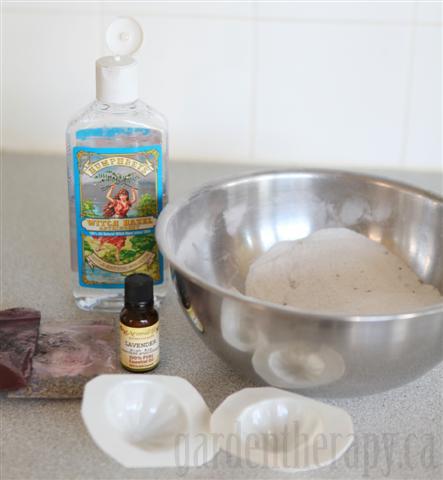
Instructions:
1. In a large bowl, measure in the baking soda, citric acid and mix well.
2. Add a 1/2 teaspoon of coloring and mix well. Add more colouring if you want a deeper colour, but keep in mind that too much coloring will leave a ring in your tub, so go easy. The color will become more pronounced when you add the witch hazel anyhow.
3. Add 20-30 drops of essential oils and mix well.
4. Using an atomizer or spray bottle filled with which hazel, spray the entire surface of the powder mix and mix with your hands. Keep spraying and mixing rapidly until the mixture holds together when scrunched with your hand (think of making snowballs).
5. Working quickly, firmly press mixture into moulds. You can use soap-making moulds, chocolate moulds, ice cube trays, or even plastic Christmas tree ornaments that snap into two parts. The key is that they are plastic and large enough for the bath bomb to combine and set.
6. Gently tap the mould so that the bath bomb releases and carefully lay on a towel or tray to dry. To make a round bath bomb, over-fill two moulds and press them together firmly before tapping the mould to release the bath bomb.
7. Let the bath bombs dry for 30 minutes or until they are firm and won’t fall apart.
Tip: use the extra powder from the bowl and counter and shake it into carpets or rugs, then vacuum. Instant deodorizing!


